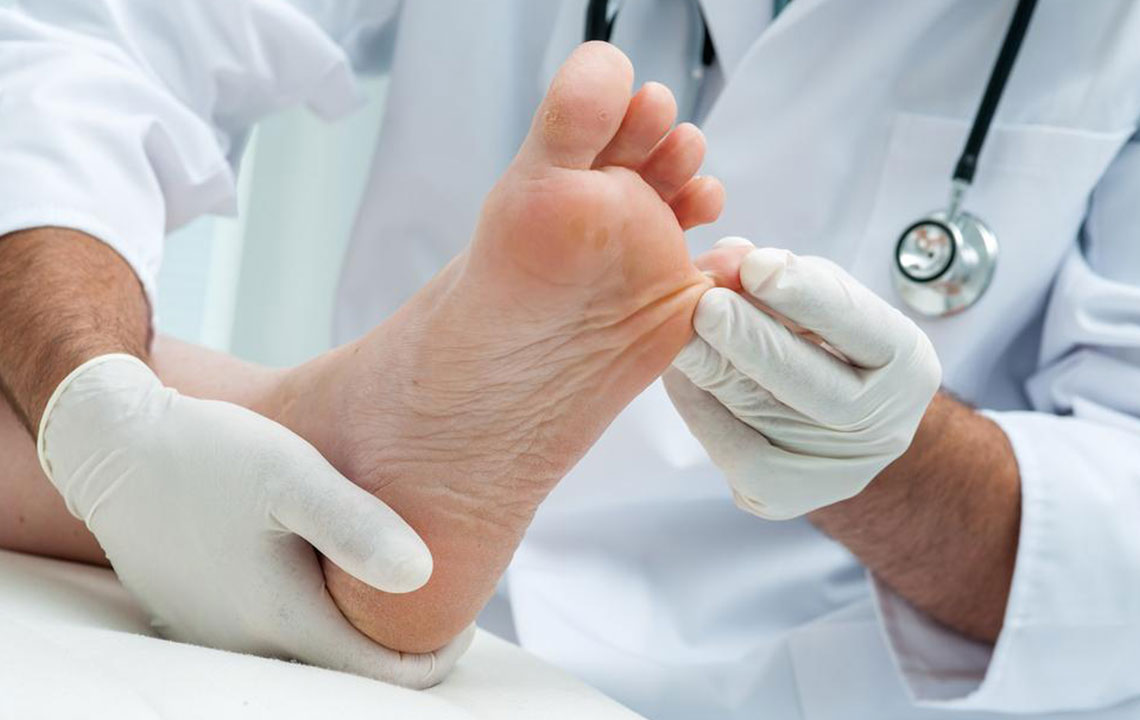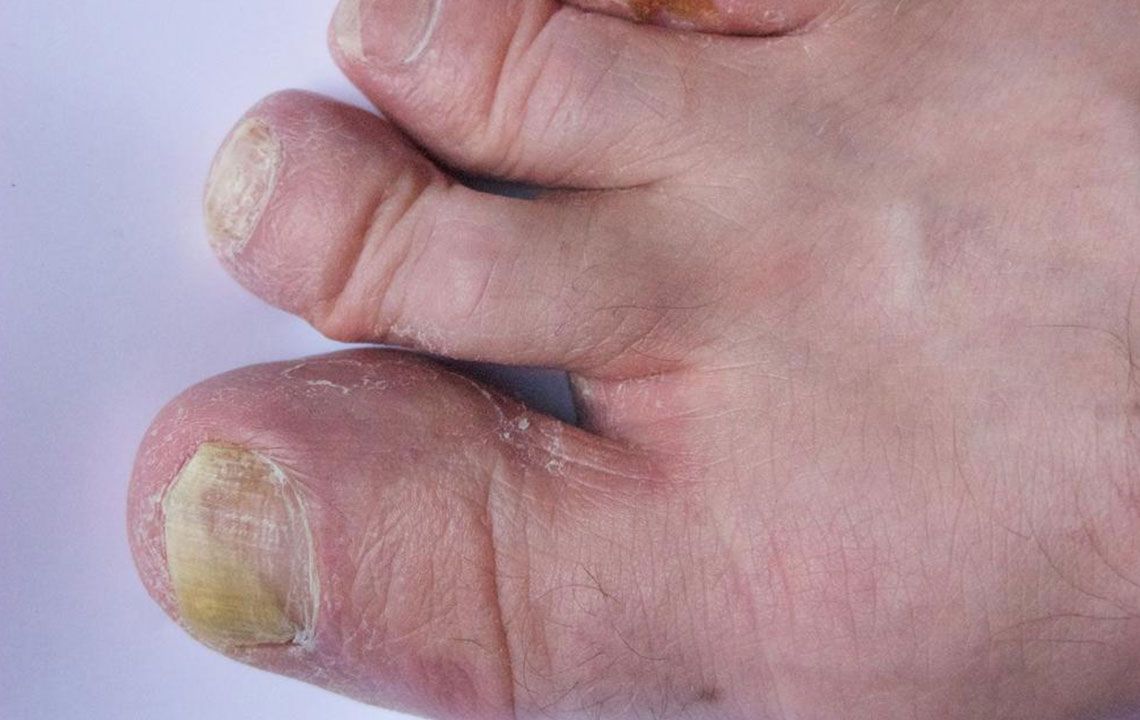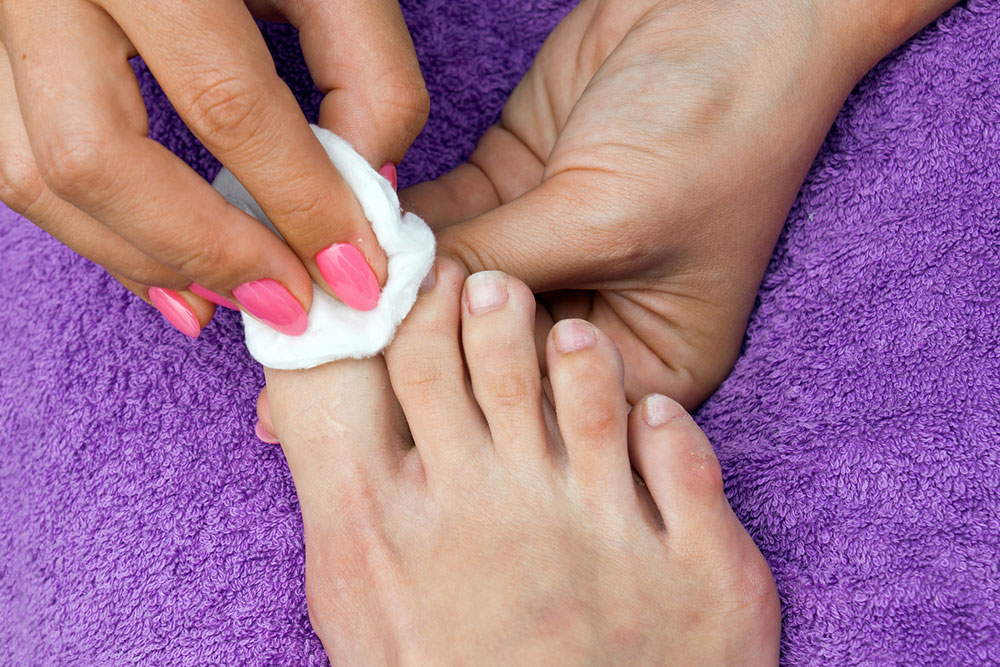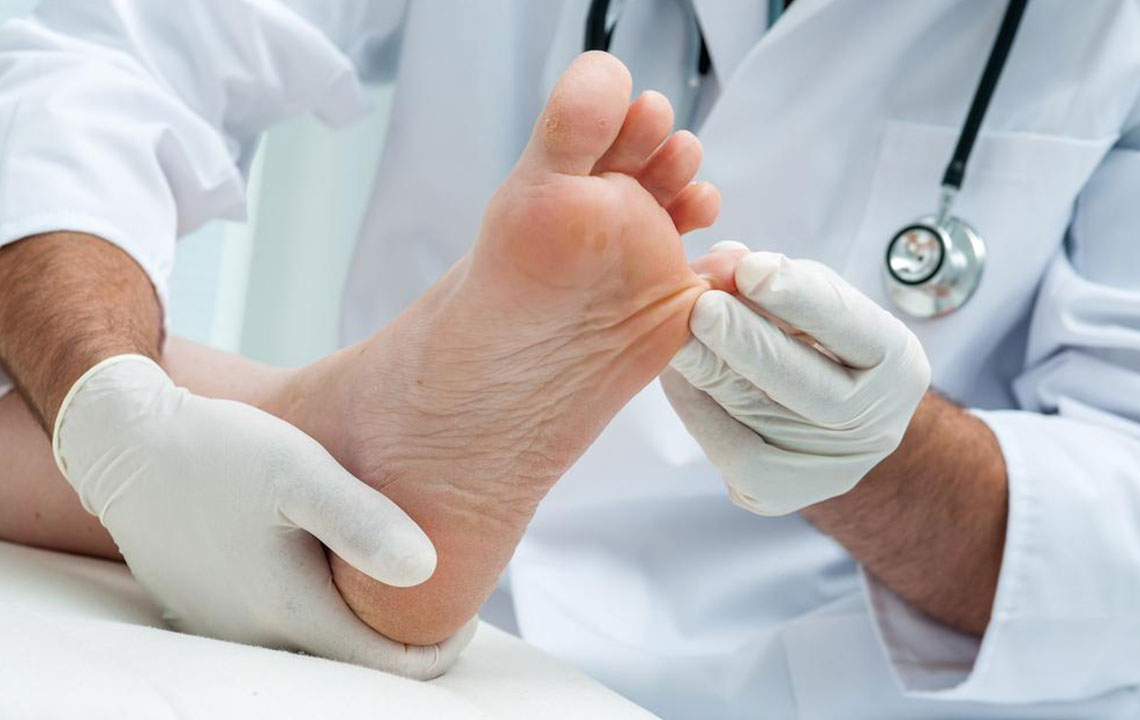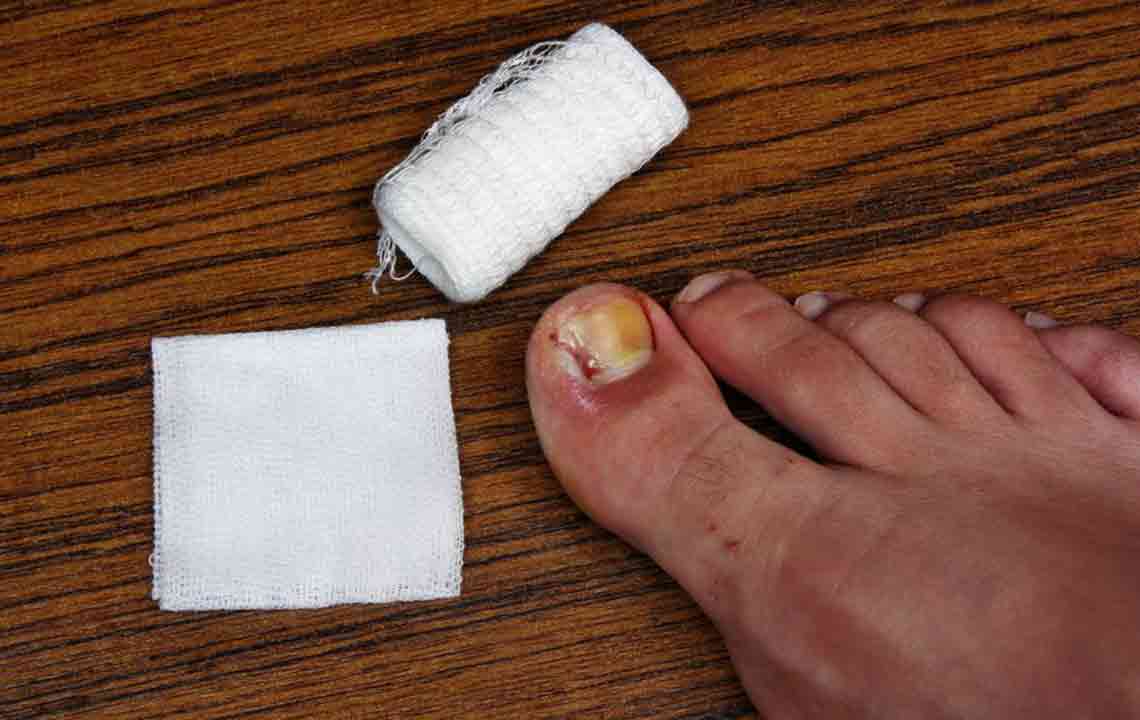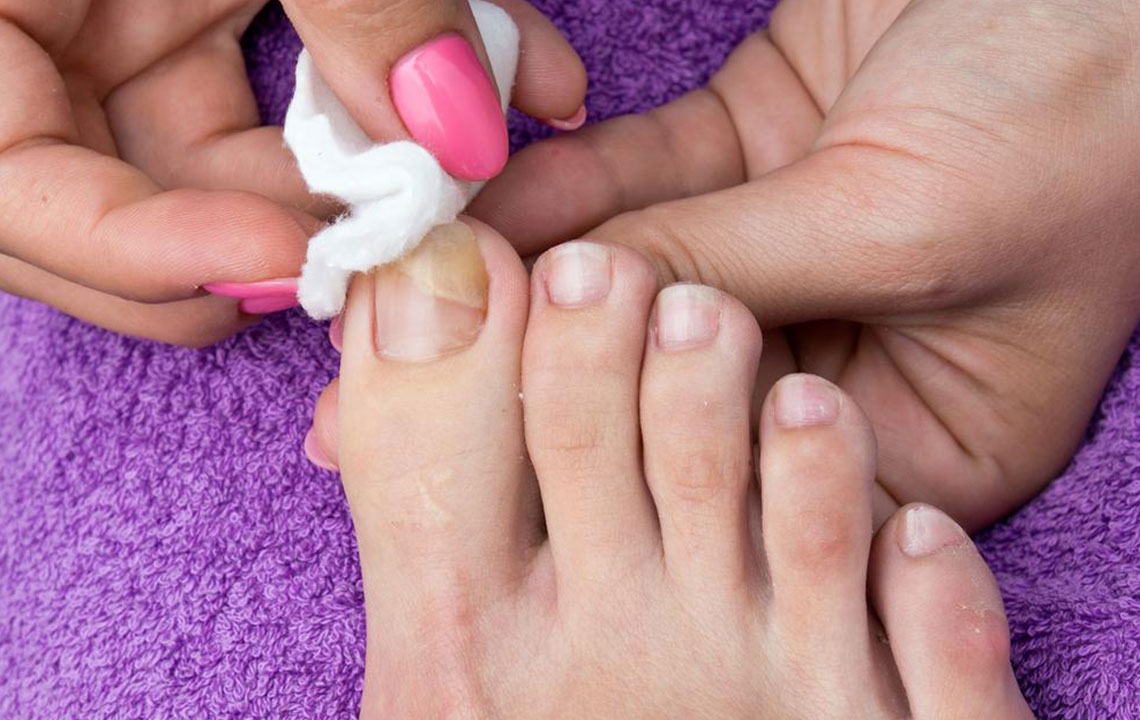Comprehensive Guide to Recognizing and Preventing Nail Infections
Learn about the most common nail infections, their symptoms, prevention strategies, and treatment options in this comprehensive guide. Understand how to protect your nails from fungal and microbial infections with expert advice on hygiene and early intervention to maintain healthy, beautiful nails.
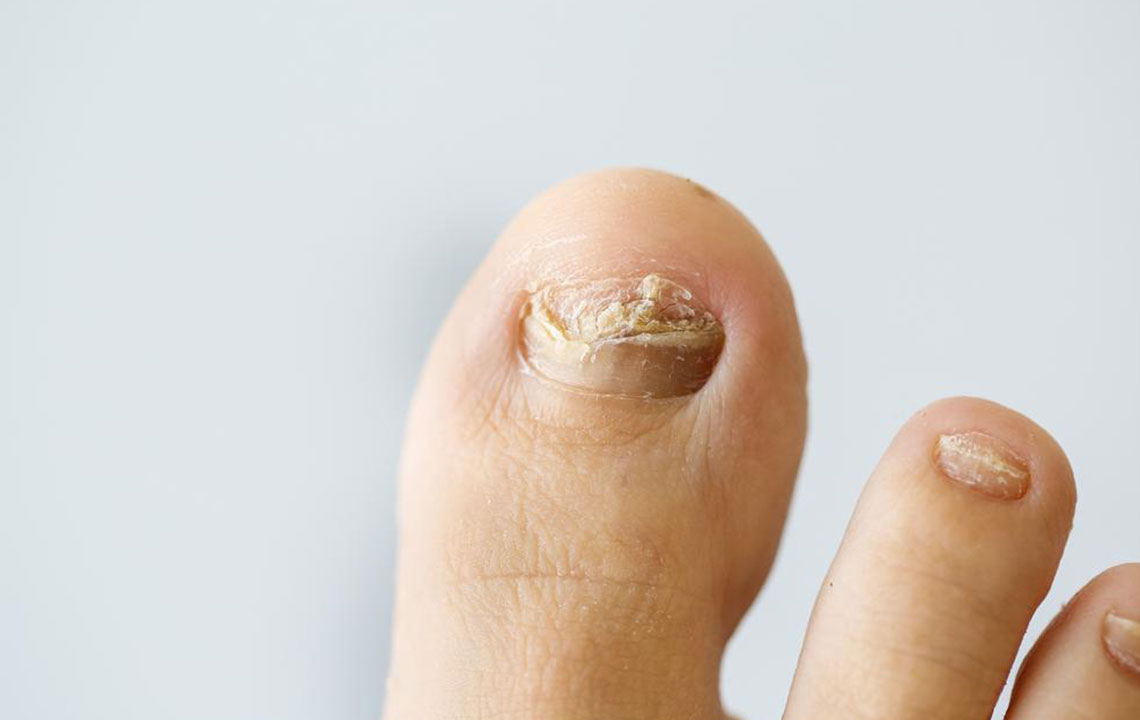
Complete Guide to Common Nail Infections and Prevention Strategies
Nail infections are a common health concern that can significantly impact the appearance and health of your nails. Often arising from inadequate hygiene practices, these infections can be caused by a variety of fungi and microorganisms. Proper hand and foot hygiene, combined with lifestyle habits, play a vital role in preventing these conditions. Understanding the different types of nail infections, their symptoms, and treatment options is essential for maintaining healthy nails and preventing complications.
Nail infections predominantly result from fungi known as dermatophytes, but bacteria and yeasts can also be responsible. These infections can develop slowly and may often be mistaken for other nail conditions. Recognizing early signs and understanding the causes can help in timely intervention and management. Below is a detailed overview of the most prevalent nail infections, their characteristics, and preventive measures to safeguard your nail health.
Major Types of Nail Infections
Understanding the primary types of nail infections can help in early detection and effective treatment. Here are the four main categories:
Distal Subungual Onychomycosis (DSO)
This is by far the most common nail fungal infection. It typically begins at the tip or the underside of the nail, affecting the nail bed and areas beneath the nail plate. The initial symptoms include discoloration—usually white or yellow patches—that gradually spread across the nail. As the infection progresses, nails tend to become brittle, crumbly, or ragged, often leading to partial or complete detachment.
DSO is notorious for its persistence, making it a challenge to treat effectively. The infection can spread to adjacent nails and affected individuals may experience discomfort or pain, especially during activities that put pressure on the nails. Regular monitoring and early intervention are crucial to prevent extensive damage and facilitate better treatment outcomes.
Candida Onychomycosis
This type results from a yeast infection caused by Candida species. While it mostly affects fingernails, it can also involve toenails. The infection often develops due to continuous exposure to moisture, such as frequent hand washing, prolonged immersion in water, or exposure to humid environments.
Symptoms include separation of the nail from the nail bed, redness, swelling, tenderness, and warmth in the surrounding skin. Patients may also notice a foul odor. In advanced stages, the affected nails may become painful, and the surrounding skin can develop cracks or ulcers. Candia onychomycosis requires antifungal treatments and good hygiene practices to resolve effectively.
White Superficial Onychomycosis (WSO)
Unlike other fungal infections that invade the deeper layers of the nail, WSO affects only the surface. It manifests as small white spots or patches that give the nail a chalky, crumbly appearance. The surface of the nail may appear rough and flaky.
This type of infection is generally easier to treat compared to other fungal nail diseases. Topical antifungal agents, improved hygiene, and regular cleaning of the nails can often resolve WSO. Early diagnosis is beneficial to prevent it from spreading or becoming more complicated.
Proximal Subungual Onychomycosis (PSO)
Primarily observed in immunocompromised individuals, especially those living with HIV/AIDS, PSO damages the skin at the nail fold—the skin surrounding the nail. It causes the nail to thicken and separate from the nail bed, making it look opaque, white, or cloudy.
This infection begins at the base of the nail near the cuticle and gradually advances upward or outward. It often indicates an underlying immune deficiency and requires medical intervention. The condition may cause discomfort and make the nails more prone to secondary infections.
Preventive Measures and Tips
Prevention is the most effective strategy to maintain healthy nails and avoid infections. Here are practical tips to keep nail infections at bay:
Maintain optimal personal hygiene—wash hands and feet regularly with soap and water.
Keep nails dry, especially after washing or exposure to moisture.
Avoid sharing nail tools, towels, or footwear to prevent cross-contamination.
Trim nails straight across and avoid cutting them too short to prevent entry points for fungi.
Wear breathable footwear and moisture-wicking socks, especially if prone to sweating.
Use protective gloves when handling water or chemicals.
Choose well-ventilated spaces for pedicures and manicures, and ensure tools are sterilized.
Apply antifungal powders or sprays if you are at high risk, such as athletes or immunocompromised individuals.
Address underlying health conditions, such as diabetes or immune disorders, which can increase susceptibility.
When to See a Healthcare Professional
If you notice persistent symptoms like nail discoloration, thickening, separation from the skin, pain, or foul odor, seek medical advice promptly. Early intervention can prevent permanent nail damage and reduce the risk of secondary bacterial infections. A healthcare professional may recommend topical or oral antifungal treatments, or in some cases, surgical removal of severely affected nails.
In conclusion, maintaining good hygiene practices and being attentive to changes in your nails are key to preventing and managing nail infections. With proper care and timely treatment, healthy nails and improved overall hand and foot health can be achieved.
